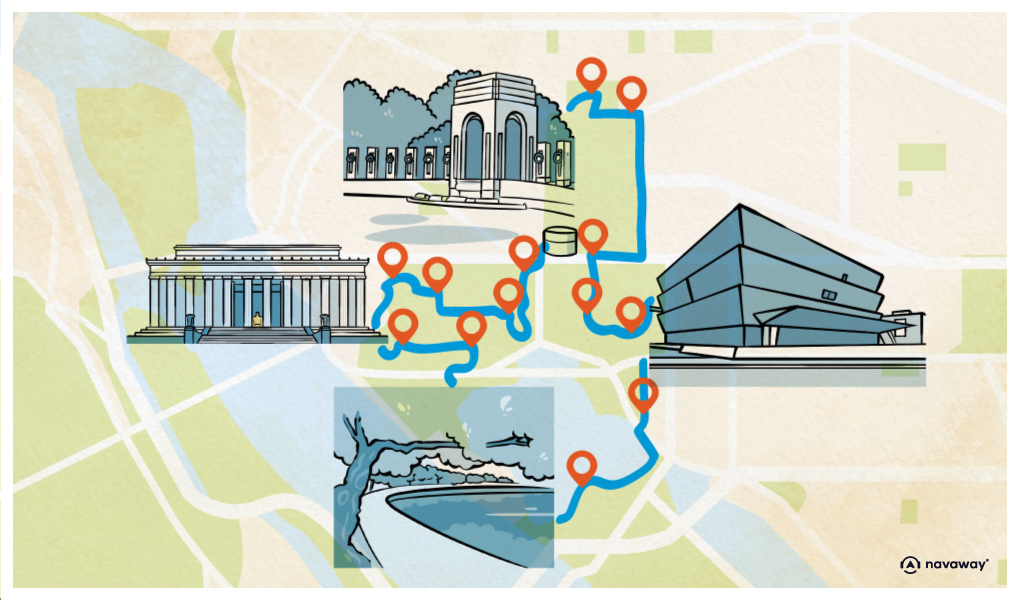
Korean War Veterans Memorial
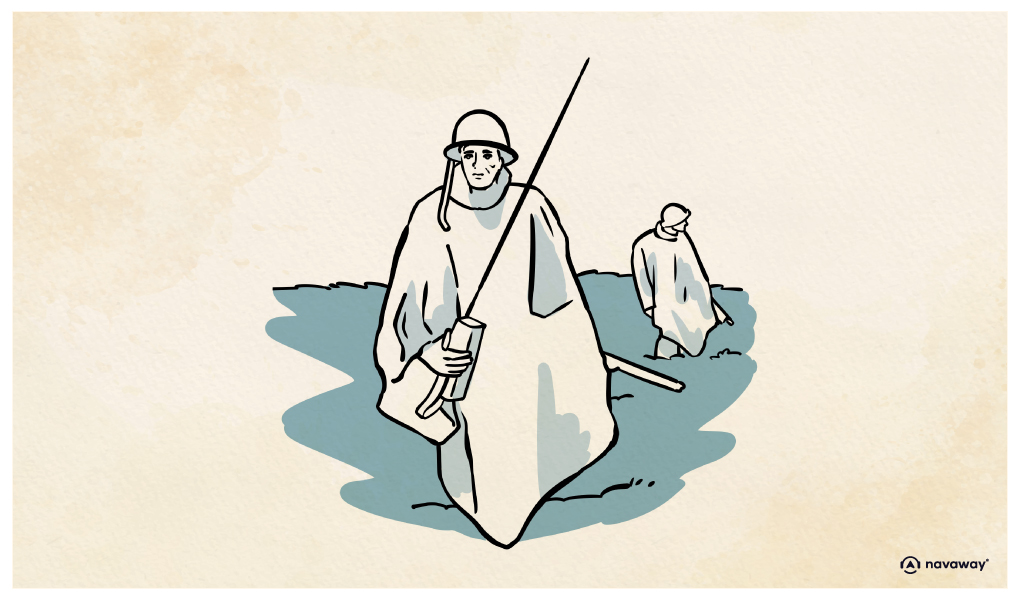
This point of interest is available as audio on the tour: Visit Washington, Where American Democracy was born
Inaugurated in 1995 by U.S. President Bill Clinton and South Korean President Kim Young Sam, this memorial honours the men and women who fought in the Korean War, which took place from 1950 to 1953. The memorial features a 50-meter-long black wall displaying archival war images. In front, 19 stainless steel statues represent a patrol unit working its way through Korean land. There’s also a water feature called the Pool of Remembrance. This site reminds visitors of the millions of lives lost and the immense destruction caused by the war. But how did it come to this? To understand, we must go back to 1910, when Japan annexed the Korean Empire. Japan remained in control of the territory until the end of World War II. When Japan surrendered, the Soviet Union and the United States had to decide what would happen to Korea. They chose to divide the territory in two: the northern part under Soviet influence, named the Democratic People’s Republic of Korea, and the southern part under U.S. influence, called the Republic of Korea. The border between these two areas was set along the 38th parallel, and still marks the division between North and South Korea today. However, guerilla activity soon emerged in the South, supported by former communist resistance fighters. The United States’ military soon intervened, as they were against any communist influence. Meanwhile, in the Soviet-controlled North, a communist government was established. The two Koreas were governed in completely different ways and did not resemble one another in the slightest. North Korea quickly developed a strong military of former communist fighters, and in 1950, launched an invasion on South Korea, seizing almost the entire territory in just two months. However, the United States intervened, supported by the United Nations and more than 20 other countries. In just a few weeks, they pushed the North Koreans back, regaining almost all of the territory. At this point, China entered the war alongside North Korea and successfully pushed back the American forces. The front lines were set near the 38th parallel, and fighting continued. Both sides took turns capturing Seoul, the capital. The conflict officially ended on July 27, 1953, when a ceasefire agreement was signed. The border was reinstated, and a demilitarised zone was created between the two nations. Unfortunately, this ceasefire didn’t entirely ease tensions, which still persist between North and South Korea. Now, back to this memorial: it‘s a tribute to all those who took part in the war. The Korean War involved 22 nations fighting alongside South Korea; over 800,000 South and North-Korean soldiers lost their lives, with more than 57,000 casualties among UN forces; over 70% of Seoul was destroyed and left in ruins from North Korean bombings; between 2 and 3 million Korean civilians were killed, and more than 3 million people became refugees. As one of the deadliest wars in history, the Korean War left a lasting impact. This memorial stands as a place of reflection and a powerful tribute to those who fought.

Discover other tours to visit Washington

Discover Washington with app
An interactive guide through the most beautiful streets, squares, and districts
18 fun audioguides full of historical facts, anecdotes, and legends
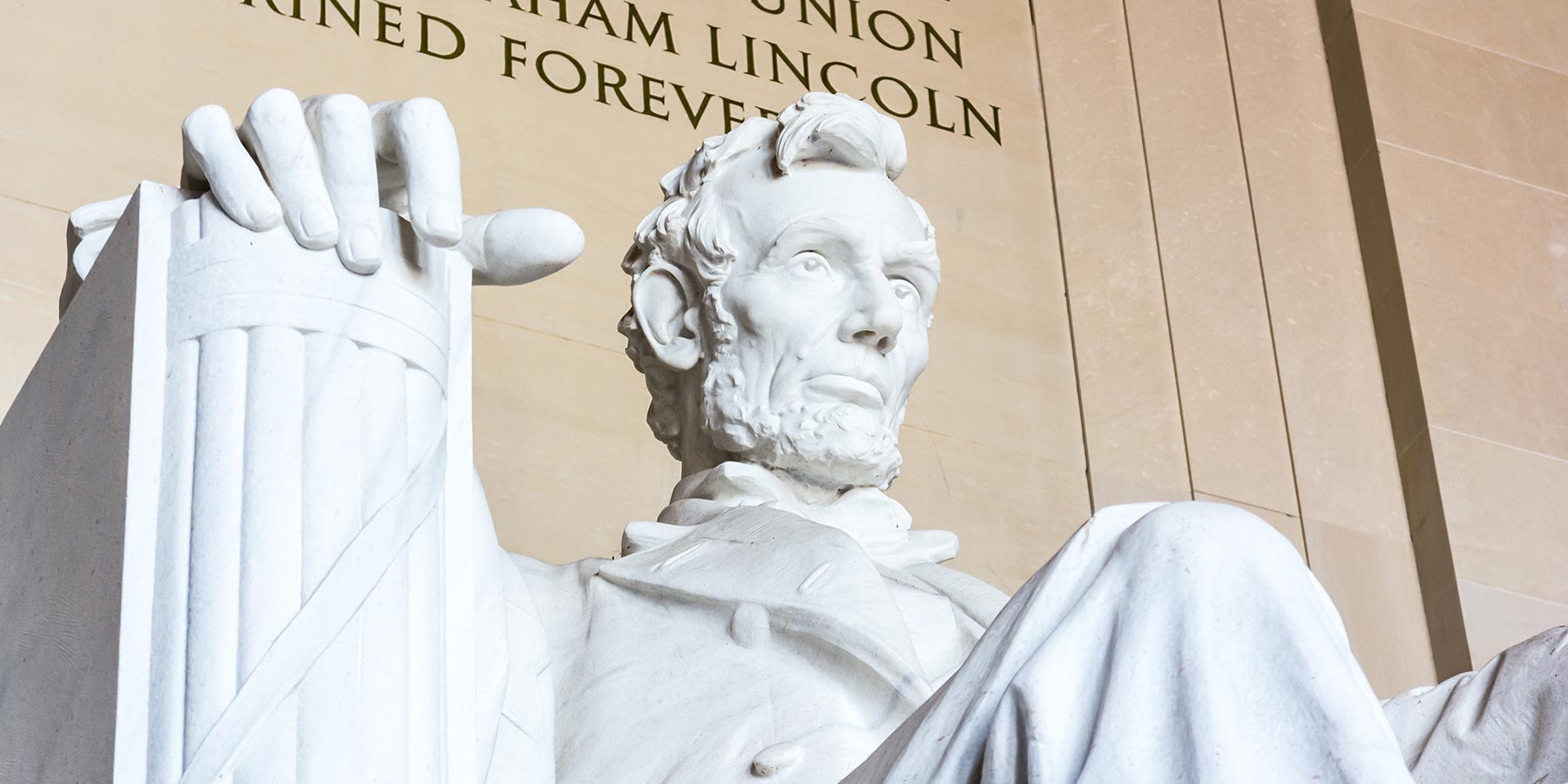
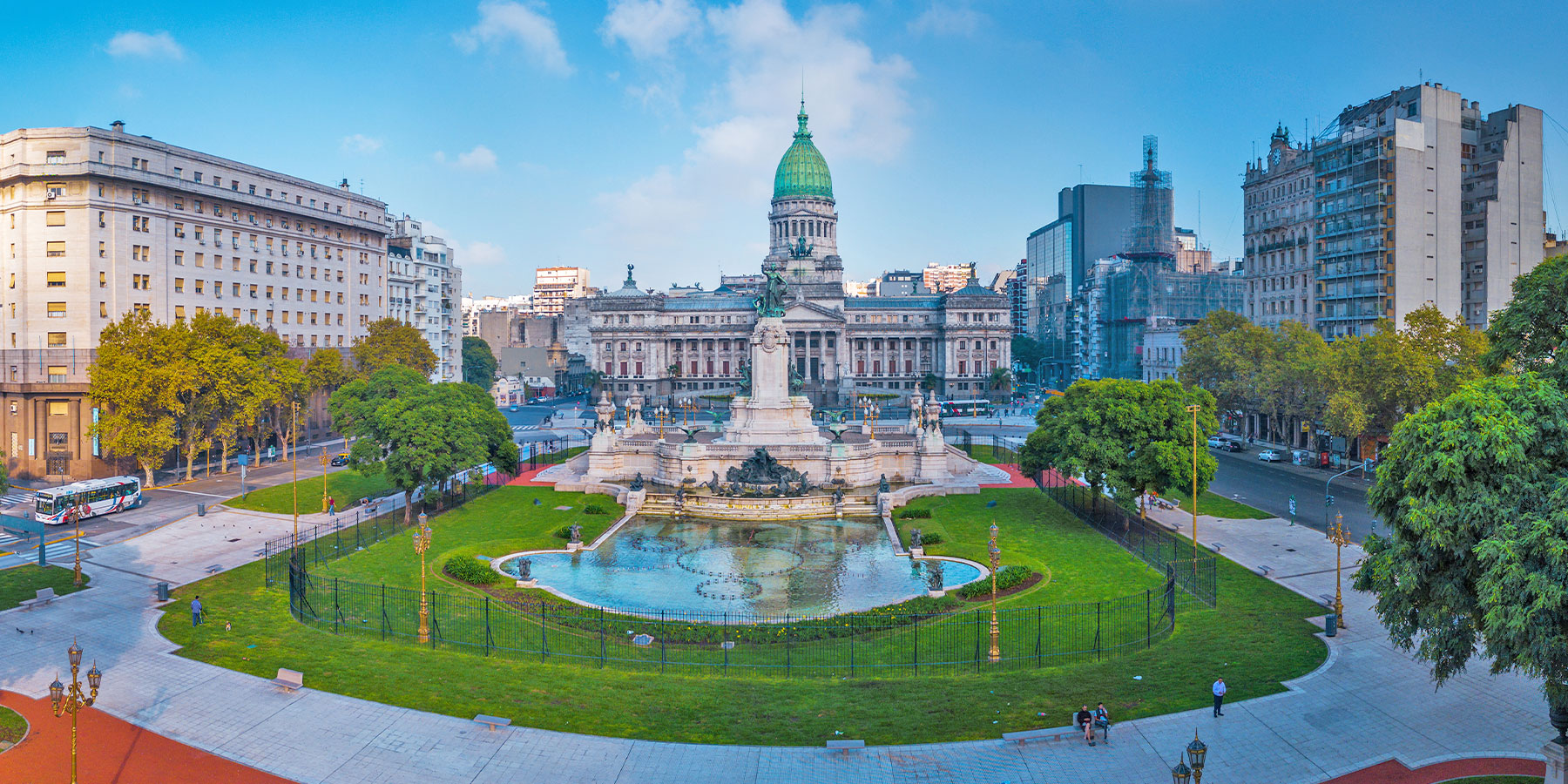

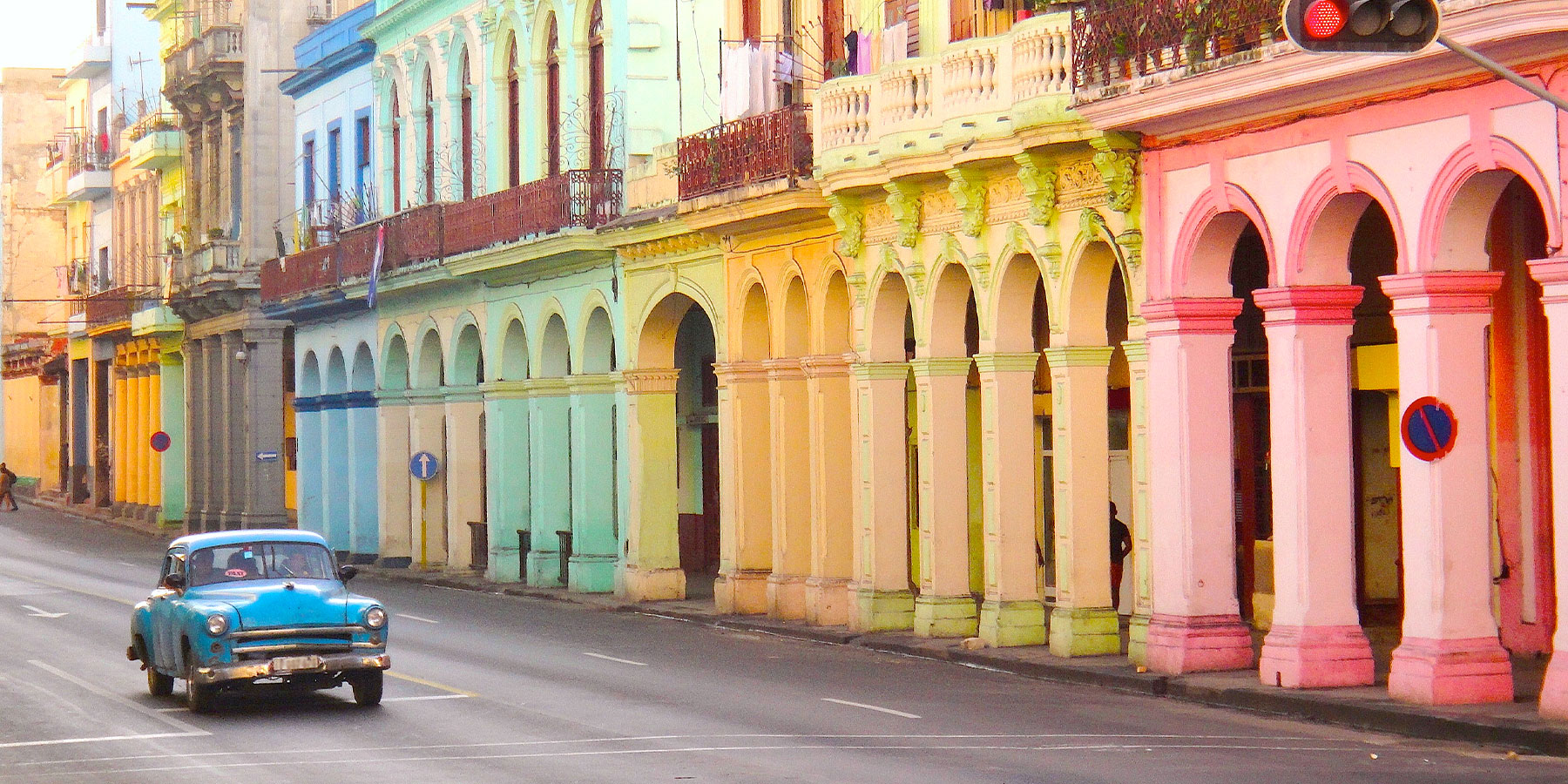


Comments